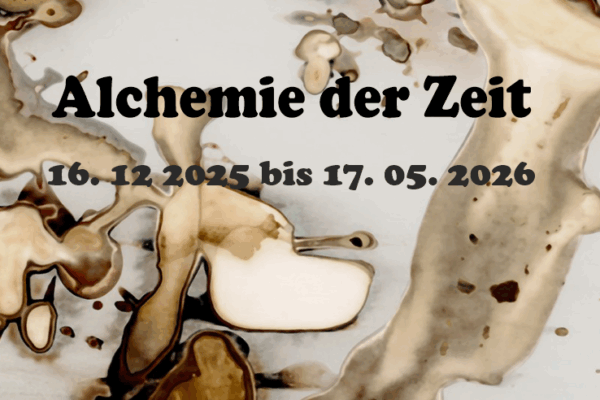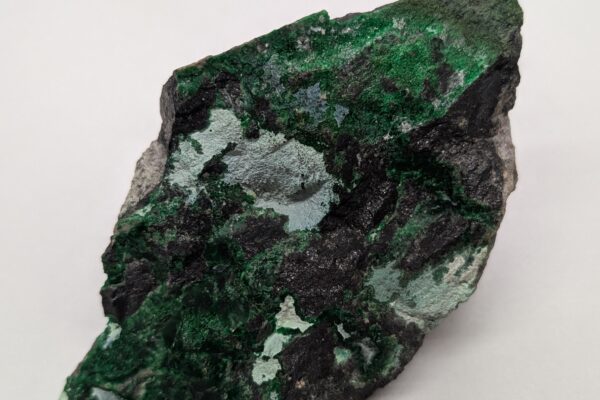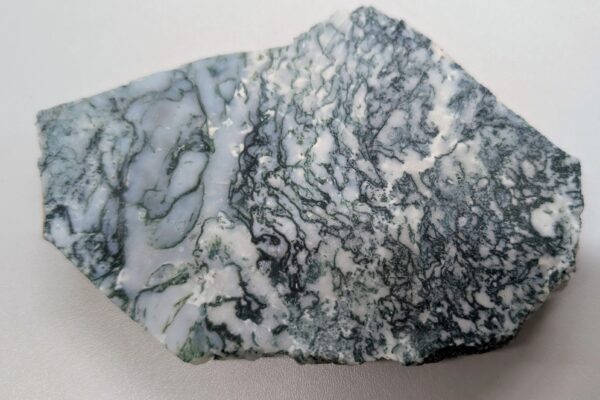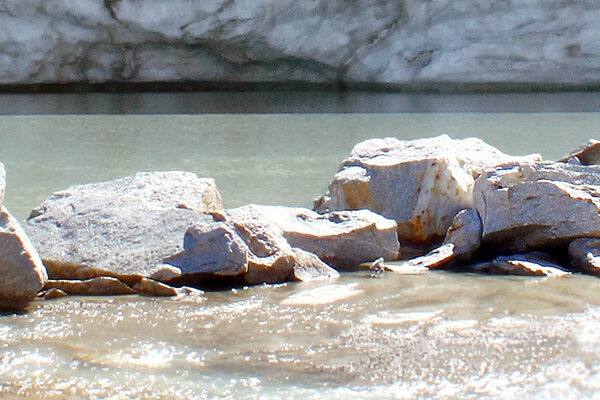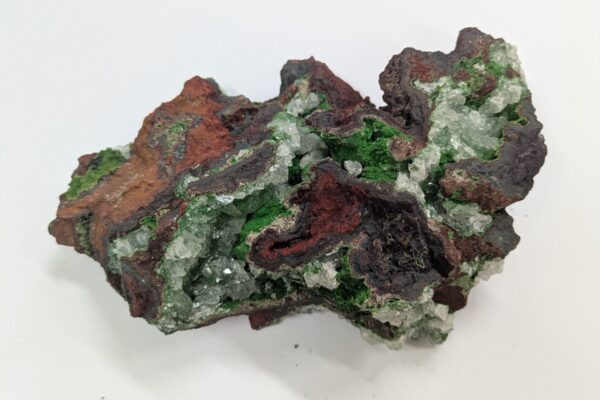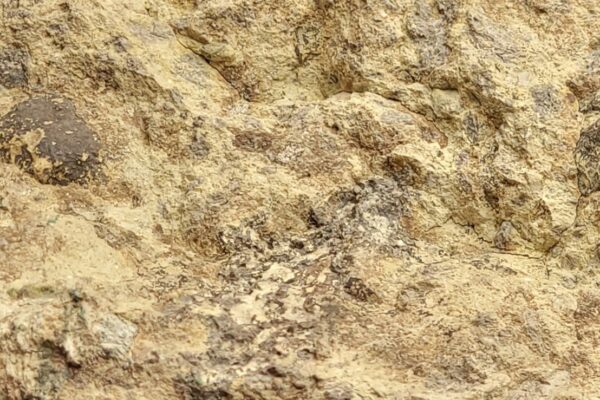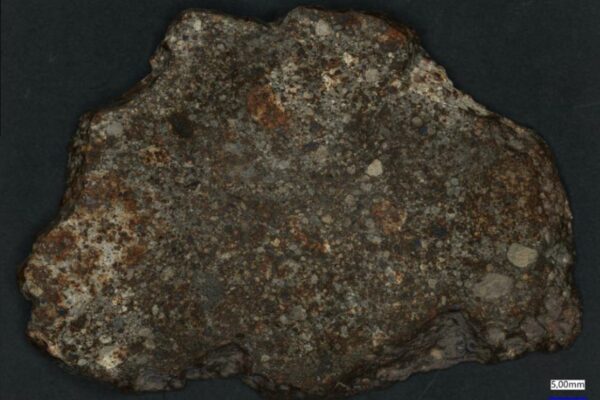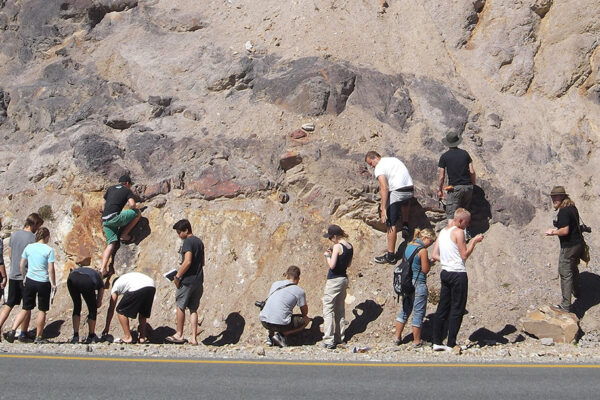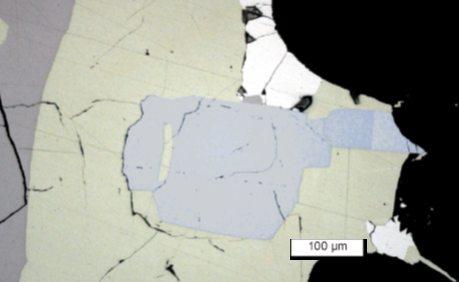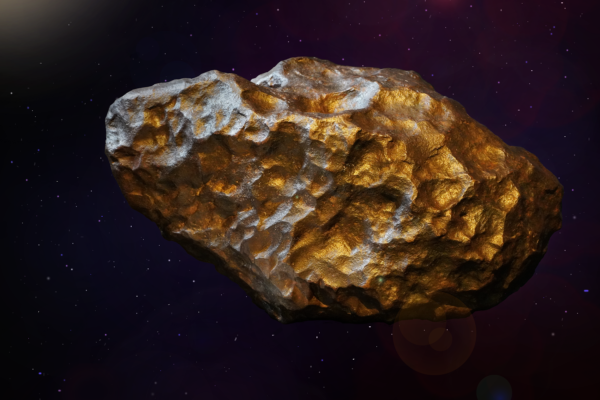Bavarian State Collection for Mineralogy
The MSM is a collection with a great history. A whole series of diverse acquisitions formed the basis of a collection that to this day, despite many setbacks extending into the recent past, remains one of the great German mineralogical collections. The team of the Bavarian State Collection for Mineralogy is, in addition to the curatorial tasks for the maintenance of the collections, also engaged in the mediation of mineralogical and geoscientific topics in the Museum Mineralogia Munich.
News
Opening hours December & January
Uncategorized
December 2025 – Analcime
Mineral of the Month 2025
New exhibition: Alchemy of Time
Guided Tours & Programs , News , Temporary Exhibitions
Opening hours November
News
October 2025 – Zaratite
Mineral of the Month 2025 , Uncategorized
Opening hours September & October
News
September 2025 – Moss agate
Mineral of the Month 2025
Gneiszeit – special exhibition by Uwe Jonas
News , Temporary Exhibitions
Showroom closed until 23rd of July
News
July 2025 – Conichalcite
Mineral of the Month 2025
Nördlinger Ries: Voted a Geoheritage!
News
News: Meteorite fall in the area of Dachau near Munich!!!
News
Insights into our research
Ophiolites
Research
Platinum-group minerals – Ni-Cu-PGE deposits
Research
Meteorites
Research




